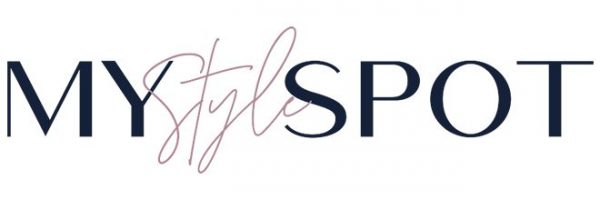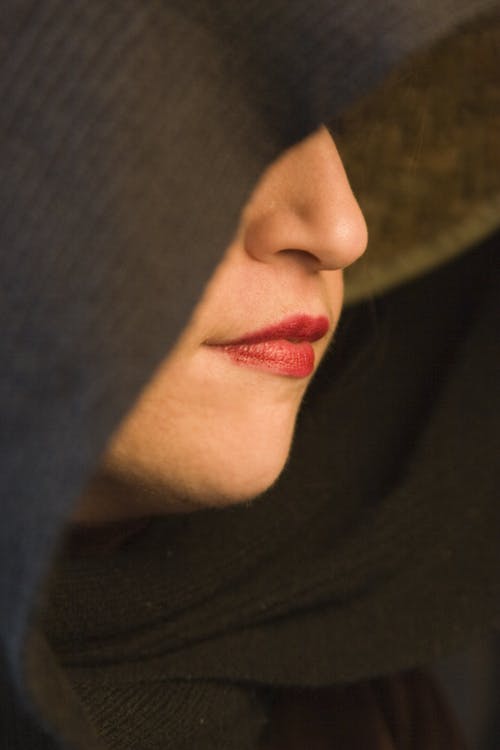If you have been considering rhinoplasty, also known as a nose job, you should know that it is one of the most commonly performed cosmetic surgery procedures in the United States.
According to MarketWatch, an American financial information website that provides business news, analysis, and stock market data, more than 225,000 people in America undergo the procedure every year.
It is also worth noting that the success rate associated with rhinoplasty procedures is quite high, typically 85 to 90 percent. However, it is also worth noting that problems do arise following a rhinoplasty procedure. And those problems will have to be corrected with revision rhinoplasty. To further put this into context, studies show that the revision rate of rhinoplasty is between 10 and 15 percent.
WHAT IS REVISION RHINOPLASTY?
In addition to being one of the most commonly performed cosmetic surgery procedures, rhinoplasty is also one of the most challenging, according to many cosmetic surgeons. In short, revision rhinoplasty is a surgical procedure performed on a nose that has already undergone rhinoplasty to repair either its shape or function.
Also referred to as secondary rhinoplasty, the procedure may become necessary for a variety of reasons, ranging from post-surgery complications to patient dissatisfaction. Reshaping the nose can sometimes impact nasal function due to scarring and other problems. Even if a patient is otherwise satisfied with the appearance of their new nose, they may experience breathing problems after they have undergone rhinoplasty. As such, revision rhinoplasty can address nasal deformities or other problems that may be impacting the patient’s ability to breathe properly. As far as patient dissatisfaction is concerned, some patients may feel that their new nose doesn’t meet their expectations. These cases can be the most challenging for cosmetic surgeons.
HOW TO AVOID NEEDING REVISION RHINOPLASTY?
While there are inherent risks associated with all surgeries, choosing the right cosmetic surgeon and knowing what to expect from your initial rhinoplasty procedure can help minimize the need for revisions. In some cases, patient dissatisfaction when it comes to rhinoplasty is linked to poor technical execution caused by the surgeon performing the procedure. Whether you need revision rhinoplasty to correct problems from your initial surgery or thinking about undergoing rhinoplasty to improve the symmetry and overall appearance of your nose, it is important to do your due diligence and choose an experienced and skilled cosmetic surgeon.
Also, a skilled and experienced surgeon will guide prospective patients in choosing a nose that not only looks natural but also complements their face, which can lower the risk of needing revision rhinoplasty due to customer dissatisfaction. According to Dr. Ran Y. Rubinstein, a board-certified rhinoplasty surgeon from Hudson Valley, one of the best ways to cut down on the need for revision rhinoplasty procedures is by offering patients pre-surgery consultations, which can be used to gauge their expectations for the surgery.
During a pre-surgery consultation, most cosmetic surgeons, including Dr. Rubenstein, will use the following to help patients make the best decisions when it comes to choosing a new nose:
- VECTRA 3D imaging
- 3D computer imaging
- Before and after photos of past patients with similar facial features
Additionally, an experienced and well-trained surgeon will choose a procedural approach that is the least likely cause complications before, during, or after the procedure. The three most common rhinoplasty procedures include:
Open rhinoplasty – This procedure entails making a small incision under the nasal tip, which is located between the nostrils. This small incision provides the cosmetic surgeon with access to the patient’s nasal structures, making it possible for them to sculpt or shape the nose. Open rhinoplasty is ideal for those who need extensive reshaping to alter the shape and appearance of their nose. Furthermore, it causes the least amount of scarring.
Closed rhinoplasty – This procedure is generally recommended to those who are interested in making minor changes to their nose and entails making small incisions inside the nostrils to gain access to the nasal structures. Also, closed rhinoplasty causes no visible post-surgery scarring.
Tip Plasty – This procedure is ideal for those who are interested in reshaping the nasal tip of their nose. Although not a common choice for patients who want to improve the overall appearance of their nose, it is a procedure offered by many facial cosmetic surgeons.
RHINOPLASTY AND SINUS SURGERY
In many cases, individuals who are dissatisfied with the appearance of their nose and are also struggling with breathing problems will turn to rhinoplasty to resolve both problems. This is especially true for those with a deviated septum, a condition that occurs when the bone and cartilage dividing the nasal cavity becomes misaligned to the point where normal breathing becomes difficult. Most facial cosmetic surgeons will address breathing problems while performing a rhinoplasty procedure, especially since reshaping the patient’s nose already requires performing work within the nasal structures anyway.
HOW AT-HOME CARE FOLLOWING RHINOPLASTY CAN MINIMIZE THE NEED FOR REVISIONS
In addition to choosing the right cosmetic surgeon, the right nose, and undergoing the right type of rhinoplasty procedure, there are things that you can do at home to keep post-surgery scarring to a minimum. After all, scarring is one of the primary reasons why many individuals need to undergo revision rhinoplasty. During the first 1 to 2 weeks following surgery, most physicians will provide patients with the following tips to help minimize scarring and speed up the overall healing process:
- Avoiding strenuous activities
- Using a cold compress to minimize swelling
- Keeping your head elevated
- Getting plenty of rest
- Maintaining a healthy diet
BOTTOM LINE
Rhinoplasty is a great procedure for those seeking to improve the shape and overall appearance of their nose. And while revision rhinoplasty cannot always be avoided, there are several things that you can do to lower your chances of having to undergo the follow-up surgical procedure.
Like this post? Please share?
Be sure to Follow MyStyleSpot on Facebook and Instagram to stay up to date on all things Beauty!
*This is a sponsored post.


Thank you so much for sharing this article! I have thought about getting a nose job for YEARS! But after reading this, I am definitely not getting one! I don’t have the money to get one anyway, but just the thought of having to get it re-done is scary enough for me! Not to mention I already have sinus problems, and I am terrified that if I did get a nose job, it may look worse! I have learned to believe that true beauty comes from within!
WOW just what I was searching for. Came here by searching for cu@9 movie